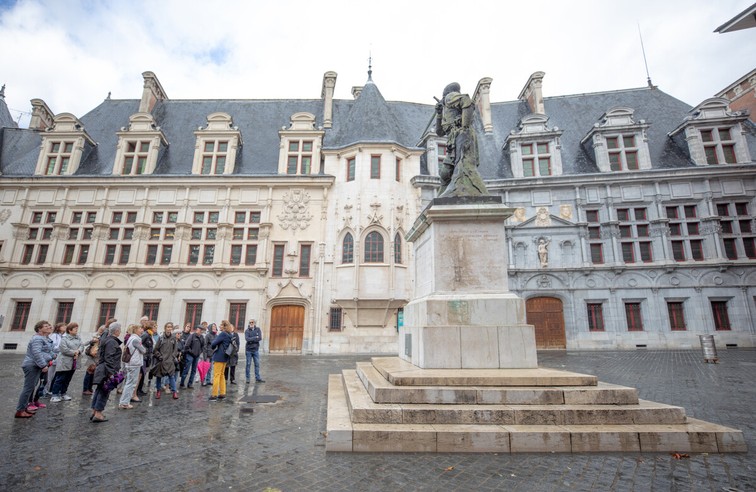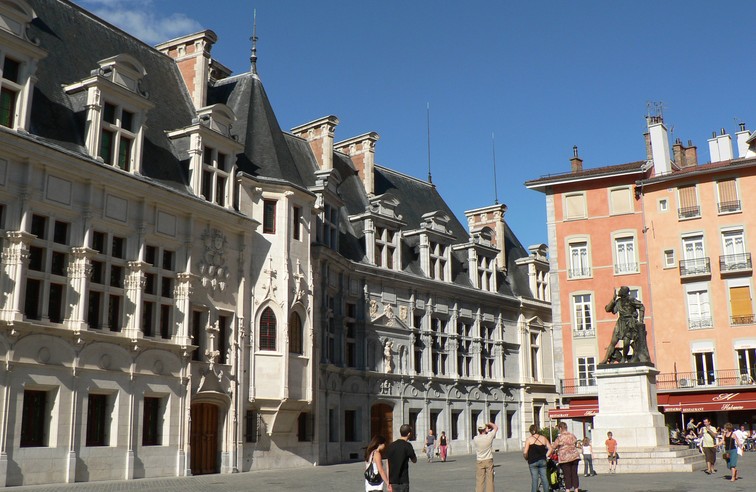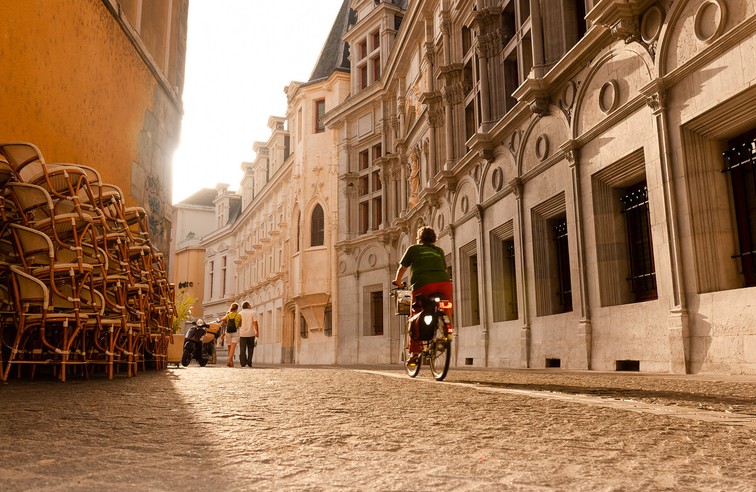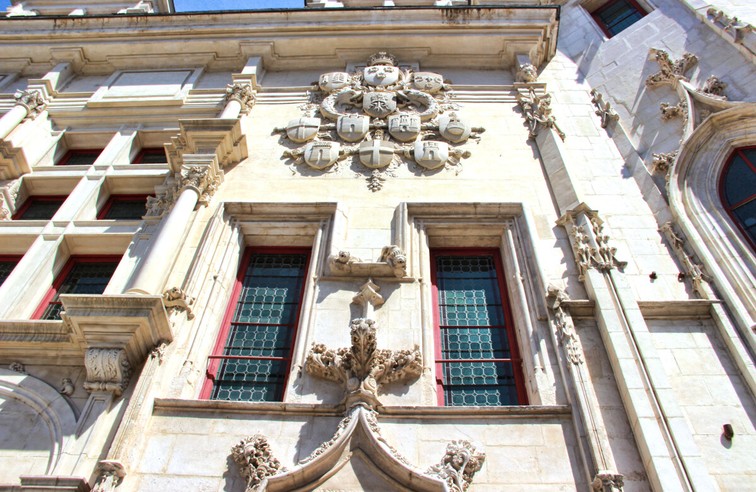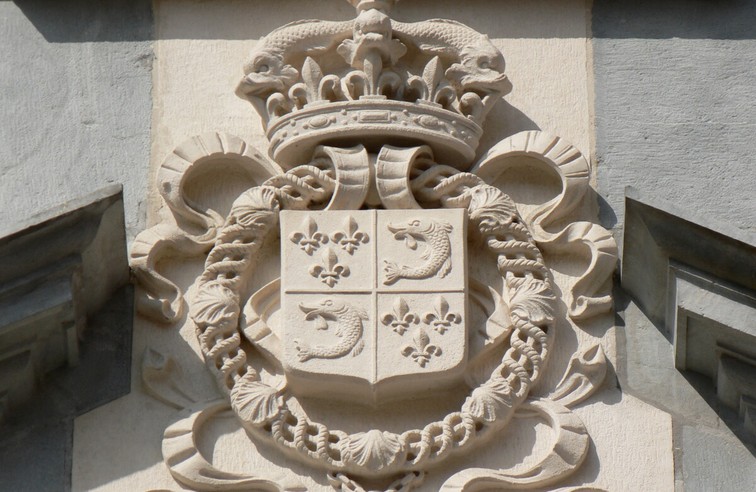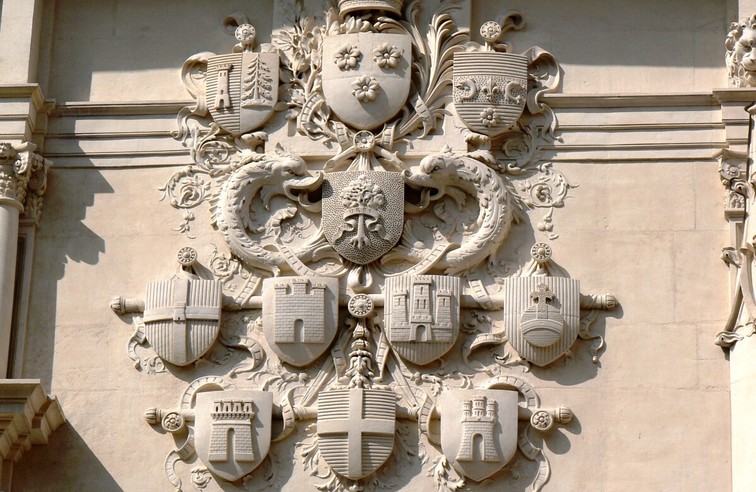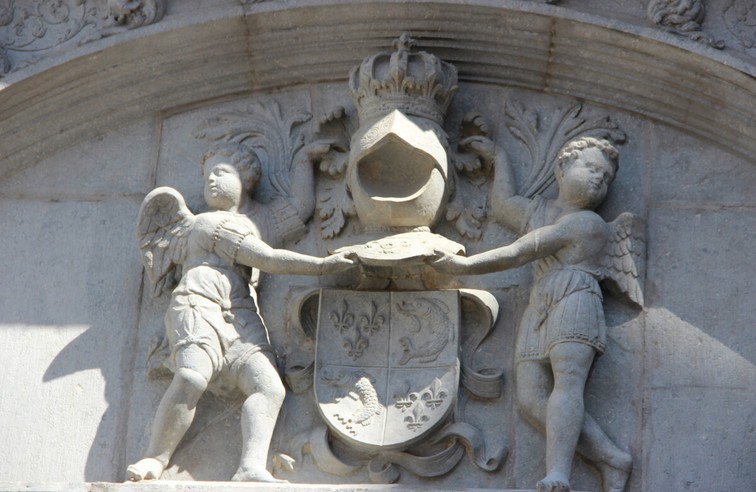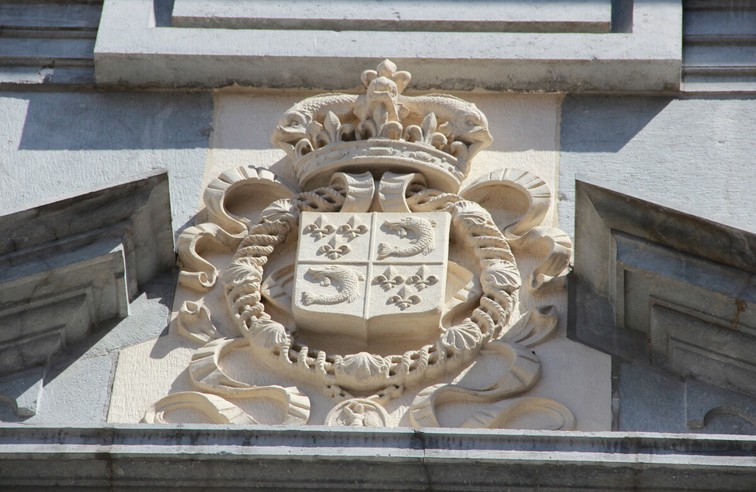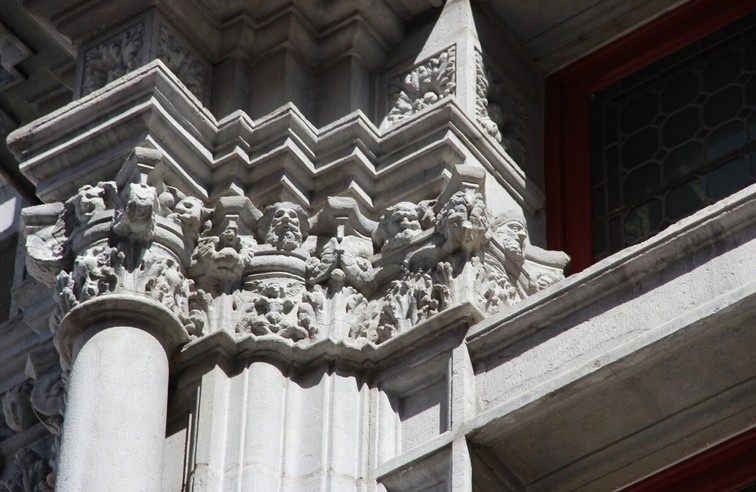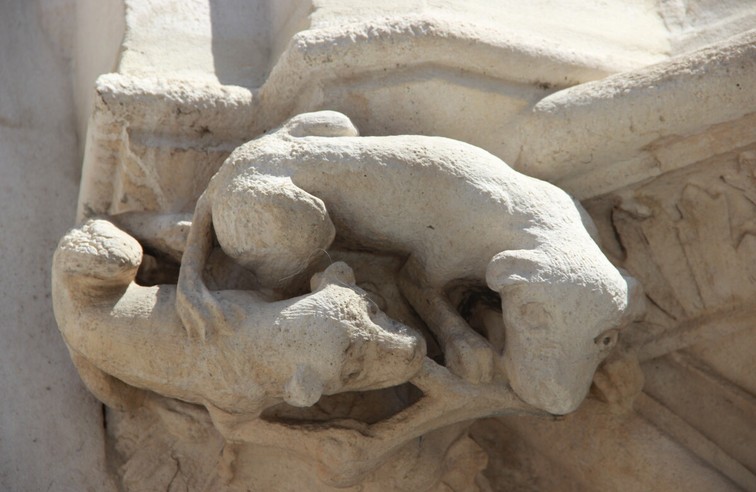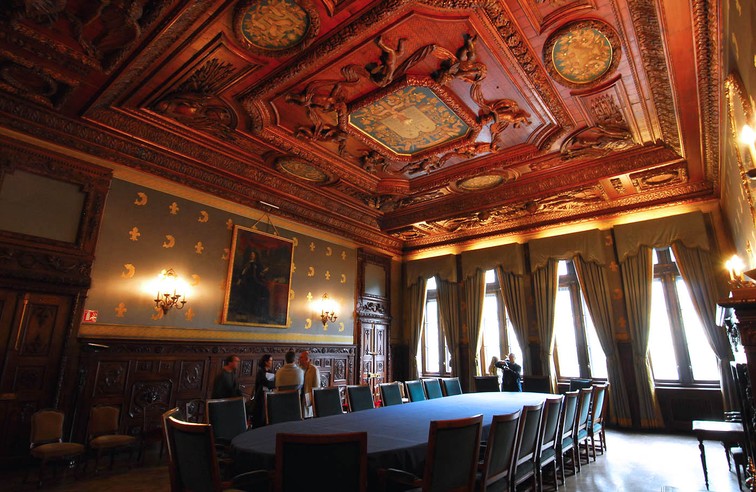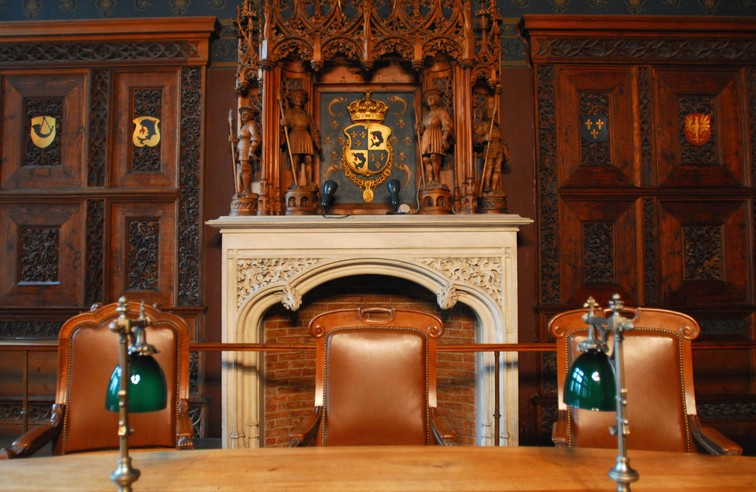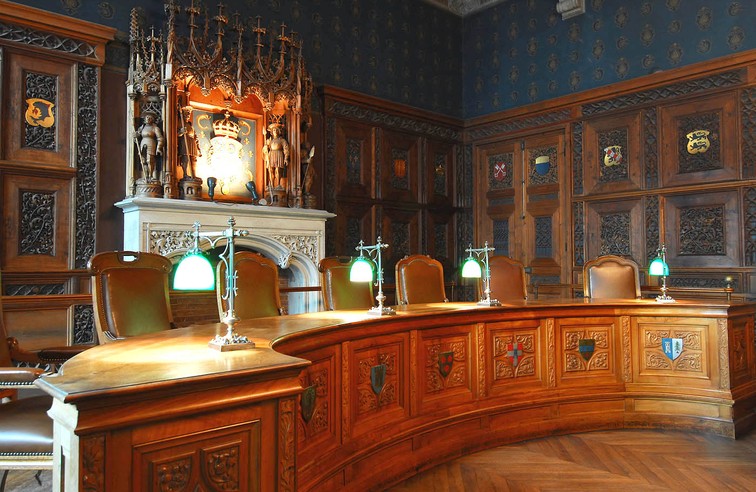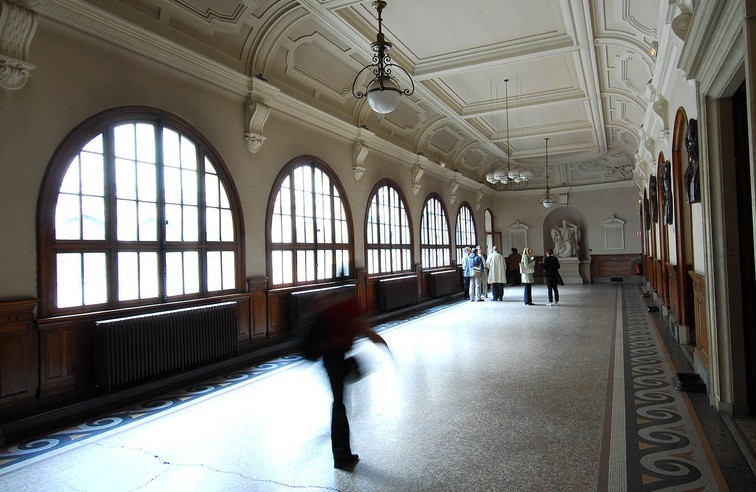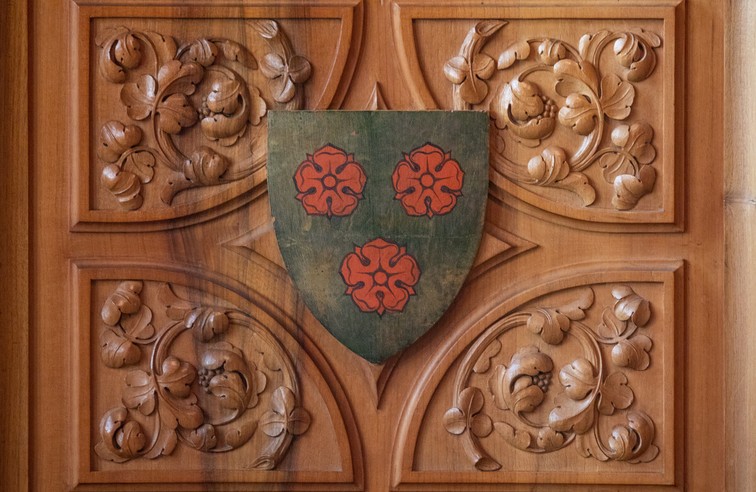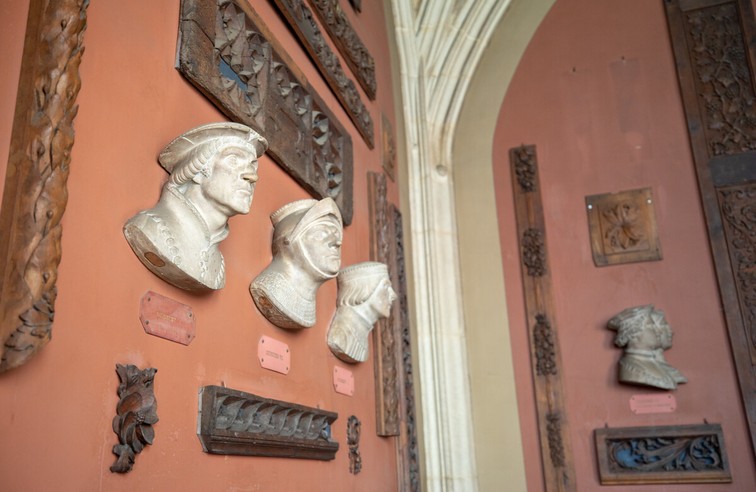Ancien palais de justice
Jewel of the architectural heritage of Grenoble, this outstanding building was for 500 years the headquarter of Justice in Grenoble. Antoine Berthet, judged here, inspired the Julien Sorel character to Stendhal (Le Rouge et le Noir).
Read more Read less
Parliament of the Dauphiné and seat of the Chambre des Comptes and the Bailliage du Grésivaudan from the beginning of the 16th century until 1790, it was then the Grenoble courthouse from 1800 to 2002 with the Court of Appeal, the Court of Assizes, the Tribunal de Grande Instance and the Tribunal de Commerce.
The old parliament was the highest court of justice in the Dauphiné. It counted about 70 magistrates: 10 presidents of the hearing chambers, 55 counselors, a public prosecutor, 3 general lawyers and 2 knights of honor. The parliament registered the laws and edicts issued by the king so that they could be applied in the province. Through the cahier de remontrances, the parliament nevertheless had the right to refuse a registration that it deemed harmful to the province. The more frequent use of this right in the second half of the 18th century, and in particular in 1788, led Louis XVI to close down the parliament, an event that was the origin of the famous "Journée des Tuiles".
Through its rulings concerning many areas of activity in the Dauphiné, the parliament also regulated and organized a large part of the life of the province.
Located in the center of the facade on the square, the oldest parts of the building, in flamboyant gothic style, were built in Echaillon stone under Louis XII between 1490 and 1510.
In the middle of the 16th century, the Chamber of Accounts had the prestigious right wing built in bluish gray stone, using the entire Renaissance architectural vocabulary.
The architects Daumet and Riondel, as part of the expansion and modernization of the courthouse between 1893 and 1897, remodeled the left facade on the square, copying the Renaissance wing.
Inside, there are two vaulted passages on ribbed crossings: the older one, flamboyant gothic, has preserved interesting sculpted culs-de-lampe.
The second, in Renaissance style, has busts of the Dauphins who ruled in Dauphiné from the 11th to the 14th century (plaster copies). In a former room of the Civil Court are the exceptional flamboyant gothic style wall panellings made by the German sculptor Paul Jude between 1521 and 1524 for the Chambre des Comptes.
It is now the property of the Isère department.
-
Ancien palais de justice
2, place Saint André
38000 GRENOBLE
Route
- Languages: Fr
Rates
Opening periods
For groups only, by reservation.
Equipments and characteristics
- Pets refused
